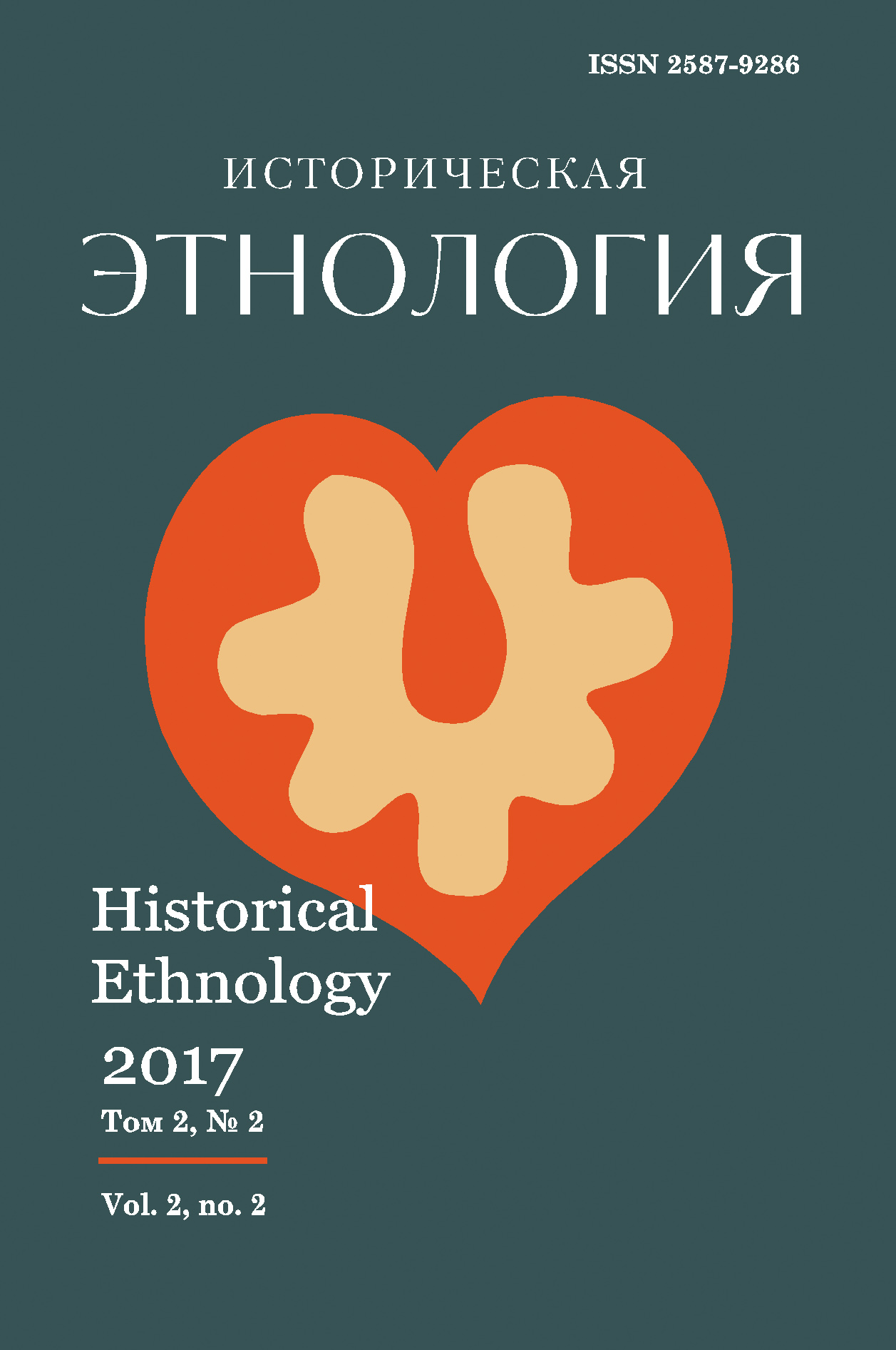
Main menu / 2017, vol.2, no.2 / K. Bedretdin
Preserving of mother tongue, religious and cultural identity of tatar migrants (the case of the tatar community in Finland) K. Bedretdin
233-242 p. The Tatars arrived over a hundred years ago and were the first Muslim immigrants to Finland. This Muslim minority presently has about 700 members. The Tatars have preserved very well their own religion and culture; the fifth generation is still using the Tatar language. At the same time, the Tatar minority has adjusted well to the larger society with no problems due to their ethnicity. They have a double-identity: they follow their own traditions at home and the Finnish way of life outside. To preserve their language, the Tatar congregation accepts only members who belong to this old minority and who speak the Tatar language. Only the midday and the Friday prayers in the mosque are open to any Muslims. The Tatar families' financial situation has been fairly good ever since the migration. The wealthy congregation has been able to arrange and offer range of common activities for their members. The families typically meet in conjunction with various religious and cultural events, which preserve old traditions and transfer them to the younger generations. Additionally, the congregation has afforded to maintain instruction of the religion and mother tongue, the kindergartens, language trainings, public lectures, summer courses, and private literary activities to their members. Despite the current vitality, the future of the Tatar culture in Finland may be endangered; the community grows smaller, the members grow older, and as a result of mixed marriages. However, the community is very well organized: it has a strong administration and good incomes to keep activities going on also in the future. Keywords: Finland, Tatar, Finnish Turks, Mishär, Muslim, double-identity, preserving the language
REFERENCES 1. Bedretdin K. ed. Tugan Tel – Kirjoituksia Suomen tataareista [Mother Tongue – Writings of the Finnish Tatars]. Helsinki, The Finnish Oriental Society, 2011. 395 p. (In Finnish) About the author: Kadriye Bedretdin is a Doctoral Student in Altaic Studies at the University of Helsinki (Fabianinkatu 33, Helsinki 00014, Finland); kadriye.bedretdin@helsinki.fi
|
Istoricheskaya etnologiya Historical Ethnology
Scientific journal







